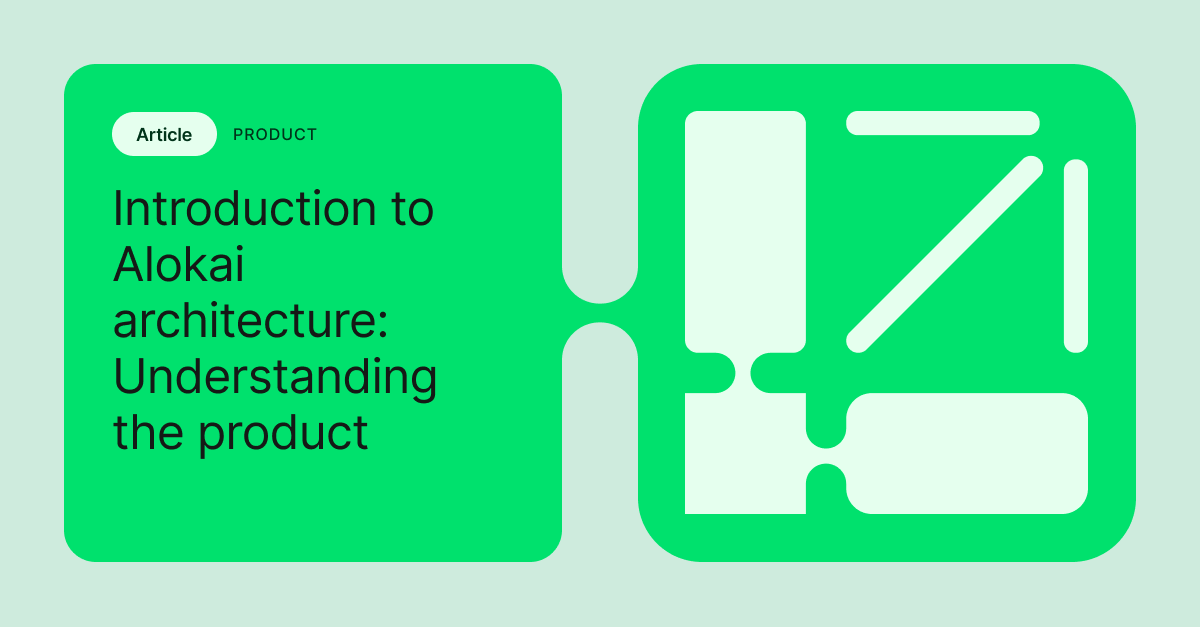The SAP Commerce B2B Accelerator served its purpose well. It enabled B2B organizations to quickly launch functional storefronts and take full advantage of SAP Commerce’s robust B2B capabilities. For businesses previously reliant on paper forms, phone orders, or CSV uploads, this was a major leap forward that accelerated their online capabilities. It raised the bar for B2B organizations, bringing customer experience into sharper focus for the first time.
Fast-forward to today, B2B organizations are under increasing pressure to deliver seamless, personalized online experiences. Just as their B2C counterparts have been doing for years.
And SAP Commerce B2B Accelerator doesn’t cut it anymore.
Why SAP Commerce B2B Accelerator is no longer enough
Today’s customers don’t compare your B2B site to your nearest competitor. They compare it to the best digital experiences they encounter daily. Expectations have changed, and the bar has been raised.
SAP Commerce B2B Accelerator is constrained, lacks the flexibility to innovate at speed, and the talent pool is shrinking fast. Even more critically, it reaches end-of-life in 2027 and will no longer be supported on SAP.
This means one thing. You must take action and soon.
Can headless architecture be a solution?
We all know what the solution is here, headless. It’s been talked about endlessly and for good reason. By decoupling the frontend from the backend, you reduce vendor lock-in, gain flexibility, and unlock the ability to test, learn, and adapt at speed. You’re in control. The benefits are clear.
At KPS, we’re not just talking about headless. We’re delivering it. Our clients are already enjoying the benefits. They’re delivering faster, more personalized experiences, improving site performance, and smoothly integrating across all touchpoints, from mobile apps and online storefronts to physical stores. All working together to support a truly unified commerce experience.
Now, if headless has been on your radar for years, but the timing was never quite right, or you couldn’t get executive buy-in, that’s about to change. The end-of-life clock ticking has created an extremely compelling reason to migrate to a headless storefront.
This isn’t just about removing legacy technical risk. It’s a strategic opportunity to transform your digital experience and to deliver the speed, personalization and ease of use that modern B2B customers demand.
Leverage your investment and differentiate on the frontend
If you’re running SAP Commerce for B2B, chances are you’ve already invested significantly in building highly customized applications. These aren’t basic storefronts; they’re sophisticated, business-critical systems managing everything from pricing and order workflows to customer approvals and detailed product configurators.
The good news is moving to headless doesn’t mean starting from scratch. Far from it.
Go headless without replatforming
You can retain the powerful business logic and integrations that already work for you, while unlocking the freedom to innovate on the frontend. That means faster performance, more tailored customer journeys, and the flexibility to differentiate where it matters most - the experience your customers have with your brand.
Headless architecture decouples your frontend experience from your existing SAP Commerce backend, allowing you to retain all the valuable complexity you've painstakingly built while giving your front-end the flexibility and agility it desperately needs.
You fully leverage all that customization, all that business logic and all those processes that differentiate you. This approach extends the life and enhances the value of your existing platform investment, enabling seamless integrations with ERP systems, CRM tools, and complex B2B pricing mechanisms, core aspects you cannot afford to disrupt.
Headless is future-fit
Headless migration is no longer experimental or uncharted territory. Modern front-end frameworks like Next and Nuxt are mature, widely adopted, and backed by large, active developer communities.
Just as importantly, the surrounding ecosystem has evolved. Enterprise-grade services, like Alokai, offer robust solutions for building, deploying, and optimizing modern front-end applications at scale with exceptional solutions, such as:
Integrated performance monitoring;
Edge delivery;
CI/CD workflows;
Developer-oriented tooling…
… and more, together enabling digital teams to ship faster and operate more efficiently than ever before.
In short, this is no longer a leap of faith. The technology is enterprise-ready, and the ecosystem is built to support complex, mission-critical commerce experiences.
What options do you have?
There’s no one-size-fits-all approach to going headless. The right model depends on your level of in-house capability, appetite for customization, and speed-to-value expectations. Here are your options:
Alokai - Composable architecture
A ready-made, flexible front-end as a service solution, built specifically for ecommerce, featuring pre-built integrations with SAP Commerce. It’s ideal for organizations looking for a faster, lower-risk migration with composable architecture baked in from the start.
Unlike many alternatives, Alokai offers a rich set of out-of-the-box B2B capabilities already aligned with SAP Commerce, making it a strong strategic fit for organizations looking to accelerate their headless journey without unnecessary complexity.
With pre-built third-party integrations and a modular, composable architecture, it enables faster implementation and smoother migrations, great for businesses that value speed, stability, and commercial agility.
Custom headless storefront (e.g., Next.js):
A custom frontend built with modern frameworks like Next.js gives you full control over the customer experience, without compromise. This approach removes vendor lock-in, allowing you to define and evolve your digital experience on your own terms.
With unmatched flexibility, fast performance, and seamless integration with your existing SAP Commerce backend, a custom-built storefront empowers you to move at the pace of your market, rapidly experiment, and tailor the experience to the specific needs of your customers.
It's a strong choice for businesses with large budgets that are looking to future-proof their digital stack while maximizing innovation potential.
SAP Composable Storefront (formerly Spartacus)
SAP’s own open-source, Angular-based headless storefront known as Spartacus is closely aligned with SAP Commerce features and extensions, providing a native pathway to a headless architecture. While this approach offers a technically robust option, implementation can be complex and challenging.
Success often hinges on working with an expert partner. One who brings deep experience and a strong track record in SAP Commerce storefront migrations, and who understands the nuances and potential pitfalls of the framework.
One step at a time
One of the major advantages of headless architecture is the ability to take an incremental approach to migration. Instead of undertaking a disruptive, full-scale re-platforming project, you can rebuild and roll out individual sections of your storefront, such as the homepage, PLP, checkout, in a controlled and phased manner.
This approach enables you to modernize at your own pace, focusing on high-impact areas first and reducing the pressure often associated with large-scale transformation. You can realize performance and experience improvements early, long before the full migration is complete.
It’s not all plain sailing
Migrating to headless isn’t without risks. You need to be prepared to navigate some critical challenges:
API and integration complexity: SAP OCC APIs aren't perfect; you'll likely need middleware solutions like GraphQL or Backend-for-Frontend (BFF) patterns to streamline integration.
Technical skills gap: Transitioning to a modern frontend can require new expertize. Investing in training or partnering with specialists is crucial.
Managing scope creep: Headless projects can expand rapidly if not carefully managed. Define clear MVPs and governance processes to prevent scope creep.
Minimizing downtime: Meticulous planning and parallel operations ensure minimal disruption to end-users and reduce operational risks during migration.
Organizations succeeding in their migrations consistently follow strategies such as parallel running old and new UIs, phased rollouts, and clear governance via centralized design systems.
To sum up
For B2B organizations, the move to headless is far more than a technical upgrade. It’s a strategic imperative. It offers the opportunity to deliver transformative customer experiences while retaining and maximising your existing SAP Commerce investment, avoiding the costs and risks of a full re-platform.
You’ve already built the hardest part, so now it’s time to make it count where your customers actually see and experience it. And headless is the way to go.


















